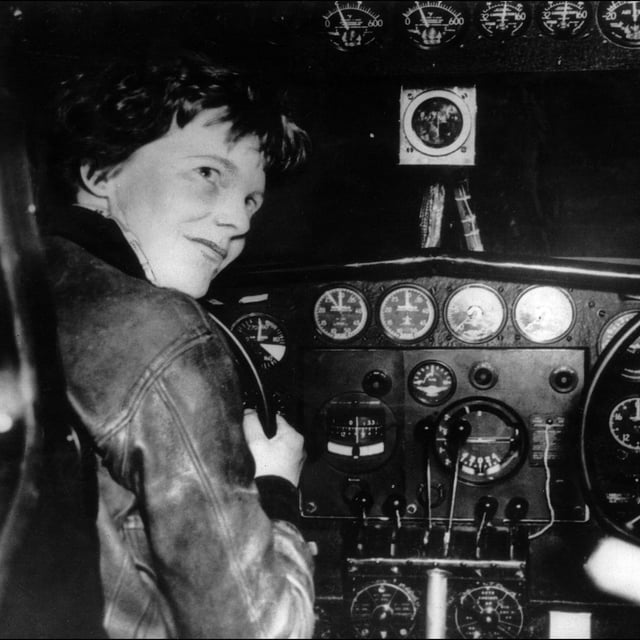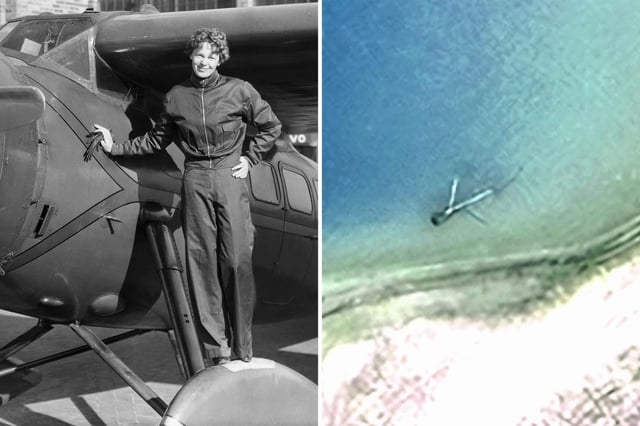Overview
- The field team will depart Majuro on Nov. 5 for a five-day on-island survey of the anomaly dubbed the Taraia Object
- The anomaly was first detected in 2015 when cyclone-shifted sands revealed a shape matching the Lockheed Electra’s size and apparent metallic composition
- Purdue Research Foundation has extended a $500,000 line of credit to underwrite the expedition’s initial phase
- Investigators point out that the object lies near Earhart’s planned flight path and aligns with locations triangulated from four of her 1937 distress signals
- Ric Gillespie of TIGHAR disputes the hypothesis, calling the feature a washed-ashore coconut palm root ball and noting past searches found no aircraft remains



